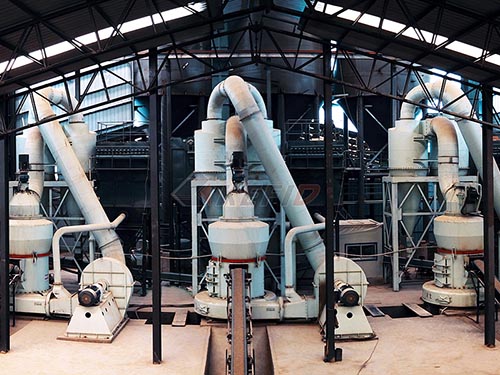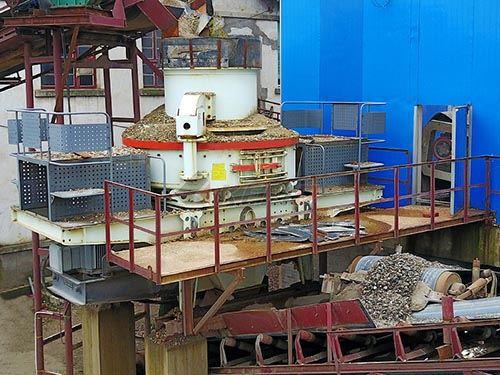The Powerhouse Performer: Demystifying the 100 Ton/Hour Stone Crusher in Modern Quarrying
In the relentless world of aggregate production, mining, and large-scale construction projects, efficiency and reliability are paramount. Among the critical pieces of machinery that dictate operational success, the stone crusher stands as a fundamental workhorse. Specifically, crushers rated at 100 tons per hour (TPH) represent a crucial sweet spot in capacity – powerful enough for significant projects yet versatile enough for various applications. Understanding the capabilities, selection criteria, operation, and value proposition of a 100 TPH stone crusher is essential for optimizing productivity and profitability.
Understanding the “Kapasitas 100 Ton/Jam”: The Core Metric
The term “Kapasitas 100 Ton/Jam,” translating directly to “Capacity 100 Tons/Hour,” is the defining characteristic of this class of equipment. This metric signifies that under specific, standardized conditions – typically involving optimal feed size distribution, material characteristics (like hardness and abrasiveness), desired output size (closed-side setting), and continuous operation without blockages – the crusher is designed to process 100 metric tons of raw stone material every hour.
It’s crucial to recognize that this figure represents peak theoretical capacity under ideal circumstances. Real-world throughput can fluctuate significantly based on numerous factors:


1. Feed Material Characteristics: Hardness (e.g., granite vs. limestone), abrasiveness (e.g., basalt vs. sandstone), moisture content, clay contamination, and feed gradation dramatically impact crushing efficiency and wear rates.
2. Feed Size Distribution: Consistent feeding within the crusher’s designed maximum feed size is critical. Oversized boulders cause blockages; excessive fines can lead to packing or inefficient crushing.
3. Desired Output Size (CSS): The finer the required product, the lower the achievable throughput for a given machine setting. Reducing the closed-side setting increases reduction ratio but decreases capacity.
4. Crusher Type & Design: Different crushers achieve their tonnage differently (more on this below).
5. Feeding Efficiency: Consistent and regulated feeding by a well-matched loader or feeder system is vital to prevent surges or starvation.
6. Plant Configuration: Upstream screening (scalping) efficiency and downstream conveyor/material handling bottlenecks affect overall system output.
7. Operator Skill & Maintenance: Proper operation settings and proactive maintenance prevent unplanned downtime.
Therefore, while “100 TPH” serves as a vital benchmark for sizing

Leave a Reply